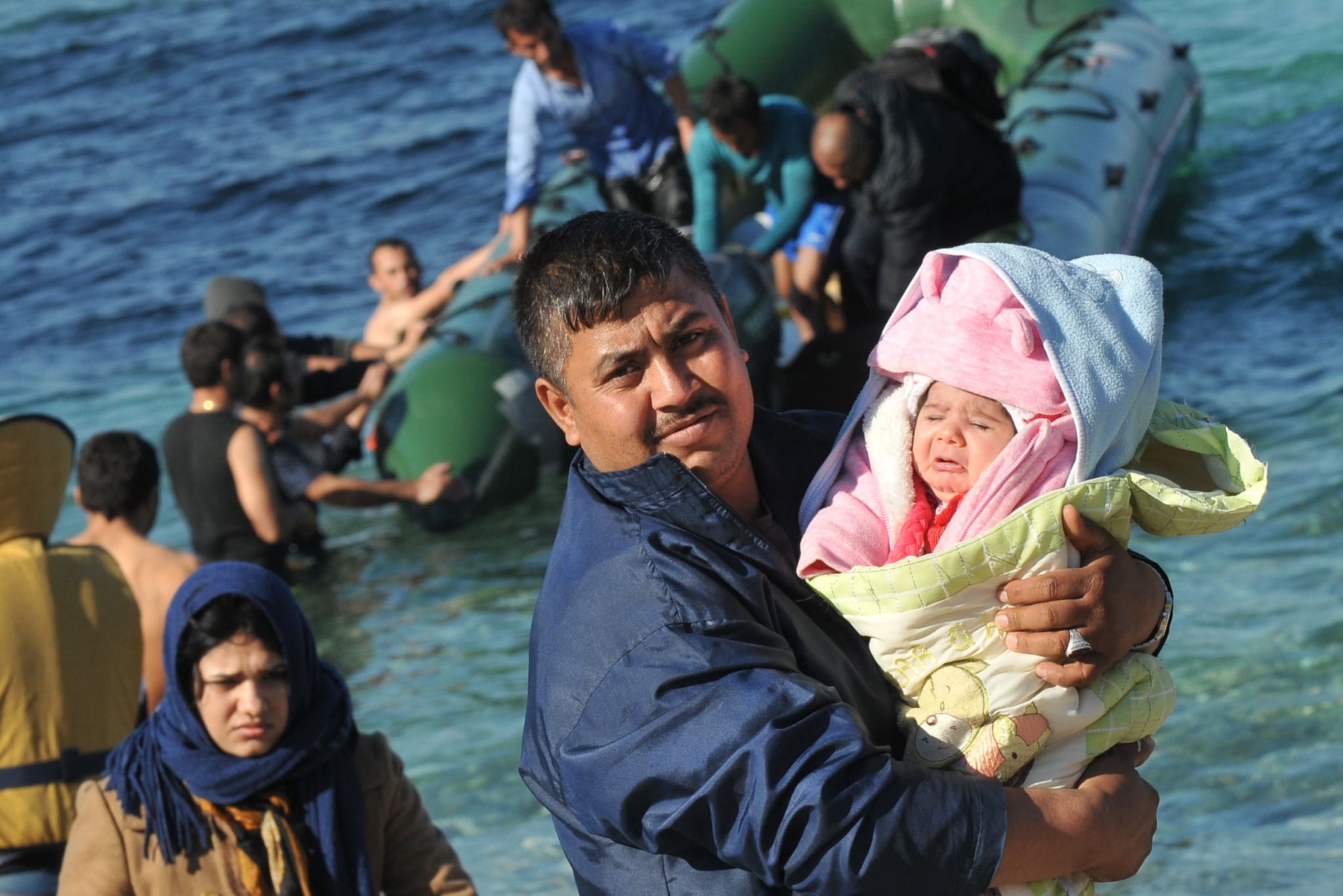When I was born, there were 2.4 billion people on Earth, and that number has more than tripled since then, and if I live a bit more, it might quadruple in my lifetime. People before the Industrial Revolution had no experience of population growth: when someone died, the population of the Earth was essentially the same as when they were born, and at most the epidemics changed it a bit. The average number of children born in a family, varied around five to six, similar to what is currently the case in sub-Saharan Africa. Of course, mortality was also high, so that produced an essentially unchanged or barely growing population.
The Industrial Revolution — which saw coal as a source of energy far surpassing previous energy sources (wind and hydropower, animal and human power), and the development of technical inventions (including agricultural ones) along with improved sanitation and health care — significantly increased humans’ lifespan and reduced mortality rates. The global population exploded higher.
In different continents, but we could also say that in cultures, population growth was different. In Europe, which was at the forefront of technological development, the overall fertility rate fell in parallel with the gradual development, and thus, although there was a significant increase in population compared to the pre-industrial era, there was no population explosion.
Population growth in the 17th century was only 0.2 percent a year, gradually accelerating to 1 percent in the first half of the 20th century, and since then, Europe, even with strong immigration, began to stagnate. The U.N. estimates that world population growth will peak at around 11 billion people in the year 2100, about 3 billion more than at present.
The increase will primarily come from the sub-Saharan region. Asia’s population is barely changing, but its structure is, with China declining by about 400 million and India and Pakistan growing by 100 million respectively. The population of North America is growing by 120 million and that of the European Union is declining by 60 million, mainly thanks to Poland, Germany, Italy and Spain. The population in Hungary is expected to decline by three million by 2100.
As the demographic structure transforms and developing countries, especially in Asia, catch up, the weight of the advanced industrialized countries that previously dominated the world economy will diminish. For example, the European Union once accounted for half of world trade, a third of world GDP, but today these figures are one-third and a quarter. This trend will continue and converge to population ratios, which points to a significant rearrangement of geopolitical conditions in the coming decades.
If we cannot change the rate of 1.5 that characterizes the union, and the current immigration of around one million people a year continues, by the end of the century, with the total population declining, the proportion of the Muslim population will reach 40 percent on average. Because of this unequal distribution, it means that some countries in Western Europe will already have a Muslim majority. If we want to replace the declining population with immigrants, it will need 1.5 million immigrants a year, and by the end of the century, nearly 60 percent of the Union’s population will be Muslim, changing the face of Western Europe forever.
The former socialist countries, where the proportion of the Muslim population — with the exception of Bulgaria — is less than 0.5 percent, still have a choice today: to follow the Western path or try to break away and build an independent, self-sustaining economy and society.






